CRIMZON
CRIMZON was one of my first comic book projects.
It was originally inspired by Japanese live action TV shows for children, especially the Metal Hero genre and the Space Sheriff series.
Years after the first chapter of CRIMZON was published in Mangazine #02, four Japanese Metal Hero shows were combined, re-edited, dubbed into English, and ran for two seasons on American TV. The American version was called V.R. Troopers.
CRIMZON quickly outgrew its kiddie show roots as my story and the characters developed.
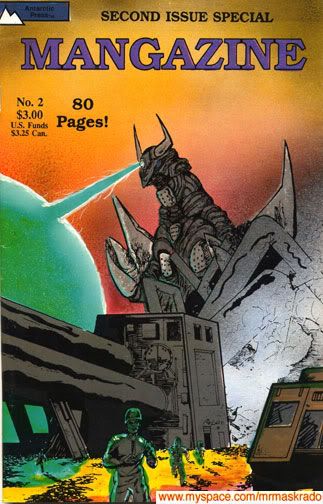
(Cover art by G-Fan artist Paul Roche)
The CRIMZON story has gone through several changes, and artists with very different styles have provided the visuals.
English artist Ken Short was the first to design the main characters, but no other artist was able to replicate Ken's otherworldly, wildly imaginative costumes.
Steve Carter drew the first installment of CRIMZON, which was published in Mangazine #2.
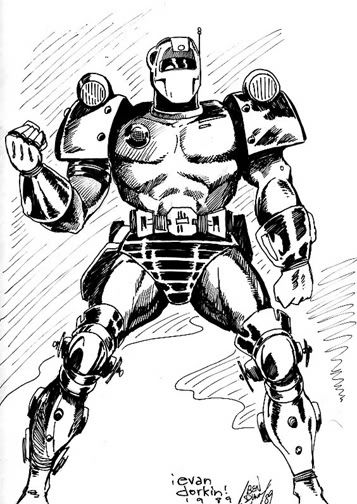
(CRIMZON: Design by Furrlough artist Steve Carter,
pencils by Milk & Cheese creator Evan Dorkin,
inks by Ninja High School creator Ben Dunn)
The early issues of Mangazine were anthologies. They were among the first comics to feature stories by American artists who drew in the Japanese manga comics style.
Steve Carter's unique, cartoonish style does not have the "look" that most Americans associate with Japanese comics (large, saucer-shaped eyes, for example), and Steve's design for the hero's armor (above) looks more like America's own Iron Man than a Japanese superhero.
Steve Carter's art didn't really fit Mangazine's format, but he is a master at drawing facial expressions and gestures; he really captured and humanized the humor that I had written into my CRIMZON scripts.
Before Steve could finish the four-part CRIMZON story, he was hired by a major independent publisher to draw a high-profile miniseries. He went on to be a regular contributor to Furrlough, a long-running anthology of anthropomorphic military tales (i.e. stories about human-like animals in uniforms).
After I re-wrote and expanded the script, Lyndal Ferguson answered ad I had placed in Comics Buyers Guide that said I was looking for an artist.
(All of the pictures below are examples of Lyndal Ferguson's work.)
Again I was working with an artist whose work did not "look Japanese."
Lyndal Ferguson was influenced by grindhouse and B-movies, rock 'n' roll, skateboard art, and underground comics.
At times, Lyndal's art looks like a psychedelic, glam rock cousin to the work of legendary American comic book artist Jack Kirby.
CRIMZON is the story of a video store clerk who dreams of making low budget sci fi films.
(CRIMZON was written before Quentin Tarantino's similar life story became the stuff of Hollywood legends.)
Suddenly, large, spark plug-like structures materialize in remote locations around the world: deserts, plains, flatlands, etc.
One of the giant alien spark plugs appears in an abandoned lot near L.A.'s Melrose Avenue, right near our hero's video store.
Unconcerned with details--like how the odd-looking object came to be there, or what purpose it might serve--Crimzon grabs his camera and follows in Roger Corman's footsteps by exploiting what's available to him.
(When he's not wearing his flashy red armor, Crimzon usually wears a black two piece suit and a red tie.)
And so, the neglected property becomes a location set for an alien world.
The guerrilla production is written by, directed by, and stars Crimzon. It's filmed by his long-suffering female sidekick.
A cheesy fight scene with a guy in a rubber monster suit is interrupted by two Men in Black.
(CRIMZON was also written long before the first MiB movie came out.)
Then a real fight breaks out with the sudden appearance of actual alien henchmen!
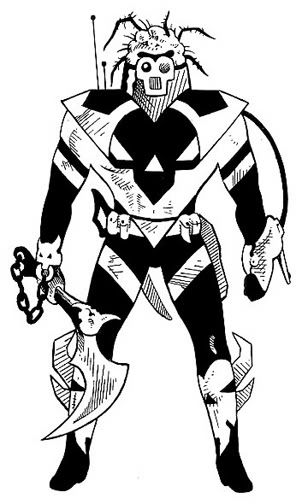
(One of the alien henchmen,
designed by Lyndal Ferguson)
And herein lies the rub:
Crimzon's sci fi B-movie is actually autobiographical, based on real events that happened on his home planet.
The rulers of Crimzon's world thought they had erased his mind before they banished him to Earth, but a blow to his head during the fight with the alien henchmen restores his memories.
He remembers the evil space queen Magera (above) attacking his peaceful home planet.
His people had no idea how to fight; they had no defense against Magera's spaceships, monsters, and henchmen.
When they tried to transmit a distress signal from their homeworld, Crimzon and Zara received TV signals from Earth.
They had never seen such acts of violence! They learned to fight by watching action movies and Japanese kid's shows.
Using exuberance, the element of surprise, and superior technology, Crimzon and Zara repelled Magera's forces, and saved their planet from subjugation.
However, Crimzon and Zara did not receive heroes' rewards: their own people were appalled by the violence that they had committed while defending them.
Fearing that Crimzon and Zara's newly-learned aggression might taint the entire population, the planet's rulers had their memories erased. The saviors were then banished to the world that had inspired their anti-social behavior: Earth.
Magera tracked her enemies to Earth. The mysterious, oversized, alien spark plugs started to appear.
When activated, they will shock the people of Earth into submission!
Once Crimzon and Zara remember their true identities, the battle resumes; this time, to protect Earth!
Above is a prime example of Lyndal's fantastic artwork.
Several publishers were interested in CRIMZON.
Lyndal and I went with an offer from Ray Zone, whose incredible skill at creating three-dimensional artwork had revived 3-D comics.
While Lyndal produced the artwork (and detailed artwork like his doesn't happen quickly), the comic book industry want through a major upheaval.
CRIMZON was without a publisher, Lyndal was forced to seek out work that actually paid, and I was eager to start writing Zetraman.
CRIMZON was one of my first creations, and still remains a favorite.
I'd love to see Crimzon and Zara fight again, using their Japanese superhero moves against B-movie threats from outer space.
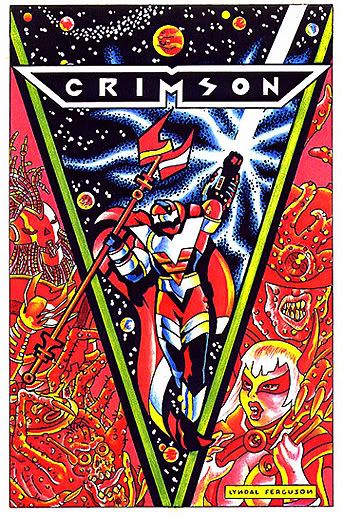
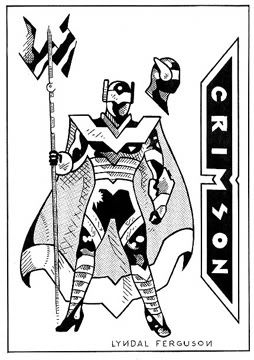
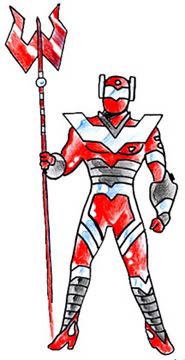

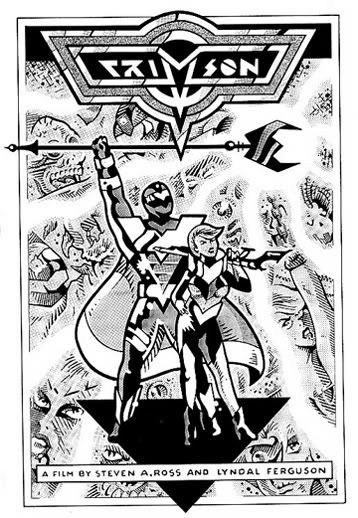
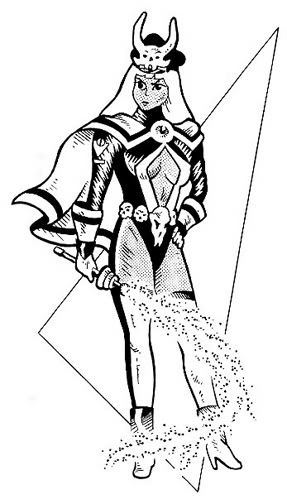
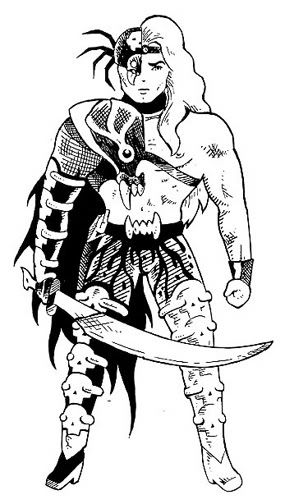
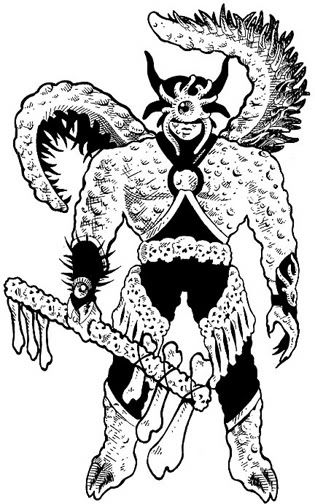
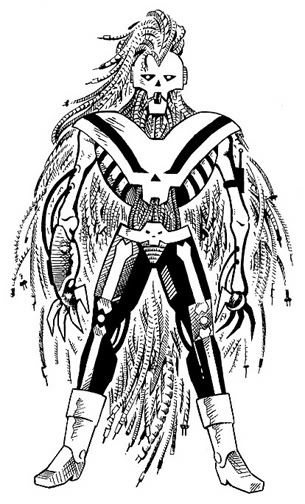

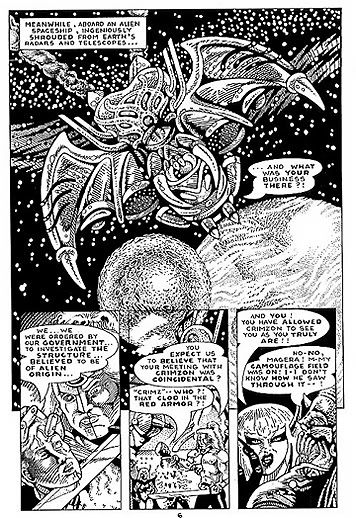
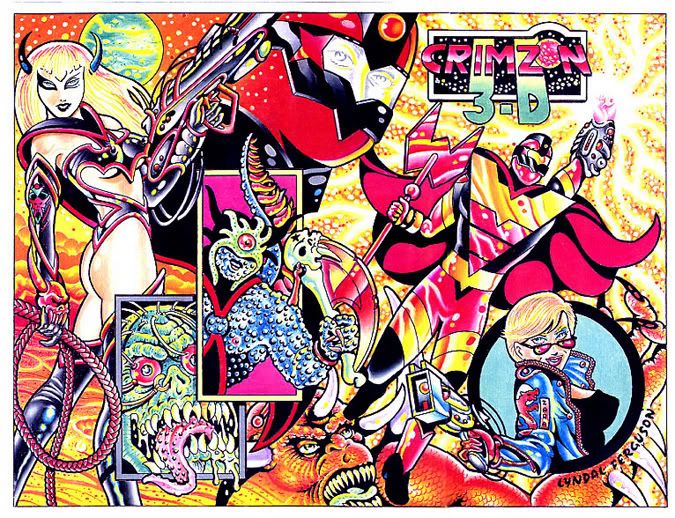
No comments:
Post a Comment